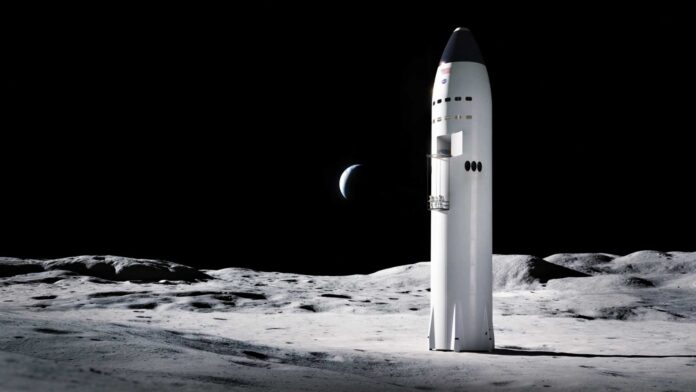Nearly 50 years after Neil Armstrong first stepped foot on the lunar surface, the United States is attempting to make a triumphant return to Earth’s nearest neighbor. But this time, instead of government-led programs like Apollo, NASA is entrusting private companies with the monumental task.
It’s a high-stakes gamble. The potential payoffs are huge, but so are the risks.
This week, if all goes according to plan, a private spacecraft named Nova-C will launch atop a SpaceX rocket and head for the Moon. The mission is being bankrolled by Intuitive Machines, a Houston-based startup. It marks America’s first lunar landing since Apollo 17 in 1972.
The flight follows recent successful Moon missions by China, India and Japan. With its lunar program named Artemis, NASA aims to land astronauts on the Moon by 2025 at the earliest. Stakes are high to beat China in setting milestones like next crewed landing and first Mars rock sample return.
This privatized approach represents a seismic shift for NASA. During the glory days of Apollo, the agency controlled everything top-to-bottom and had virtually unlimited funds. The blank-check era is over. Now, NASA sets broad goals and taps the private sector to make it happen.
The strategy builds on the success of SpaceX, which has risen from a laughable startup to NASA’s go-to transportation provider. Its founder, Elon Musk, is now assisting NASA’s return to the Moon. His company is developing a lunar lander based on its next-gen Starship rocket.
Relying on private companies brings efficiencies, creativity and cost savings. But there are downsides. Timelines tend to drag, and bankruptcies are not uncommon. America may fall behind rivals like China in achieving key milestones.
Still, NASA feels this commercial approach gives it the best shot at success in a political environment where appetites for massive public spending are limited. With companies competing for contracts, innovation is accelerated.
During Apollo, NASA’s budget peaked at over $300 billion in today’s dollars. For Artemis, NASA is capped at $93 billion by 2025. The era of open checkbooks is over. NASA administrator Bill Nelson said, “We’re going fast and we’re going cheap.”
To make the most of limited funds, NASA has adopted a venture capital-like strategy of placing numerous smaller bets. The agency doesn’t micromanage the details. It sets bold goals and purchases services from companies.
This forces firms to be scrappy and attract private capital. The result is a blossoming new space economy. Morgan Stanley estimates the space industry will triple in size to $1.1 trillion by 2040.
SpaceX is the poster child for this public-private partnership model. For years, it was mocked as too risky. After early failures, it is now flying astronauts and cargo reliably to the International Space Station.
By fostering competition and innovation, NASA got what it needed at a fraction of the cost. Seats on SpaceX’s Crew Dragon capsule cost NASA about $55 million versus $2 billion for the space shuttle.
A similar scenario is unfolding with NASA’s Artemis Moon program. The agency provides the big pieces like its SLS mega-rocket and Orion crew capsule. But smaller systems are contracted out.
Houston-based Intuitive Machines has been tasked with developing a lunar lander based on SpaceX’s Starship. While Starship is still experimental, it promises revolutionary economies of scale that could enable ambitious Mars missions.
This mix-and-match architecture has drawbacks, however. Complex integration challenges arise. Timelines tend to slip.
NASA’s own inspector general recently expressed doubts about the agency meeting its goal of returning astronauts to the Moon by 2025. China aims to land its own astronauts by 2030.
Once a rising superpower sets its sights on a goal, especially a nationalist endeavor like space exploration, it marshals vast resources to get there. America’s decentralized approach can’t match that top-down efficiency.
But NASA feels it has no choice but to leverage the commercial space sector. That’s where the energy and innovation reside today. And Congress is unwilling to fund Apollo-style programs anymore.
So America has made its bet. NASA will set the big goals: Establish a lunar base, launch a mission to Mars, build a space economy. But the private sector will provide the affordable, innovative means to get there.
It’s a formula that works well in America’s capitalist system. But it comes with inherent risks and delays. Time will tell if it was the right gambit in a new space race where China and others are sprinting ahead.























